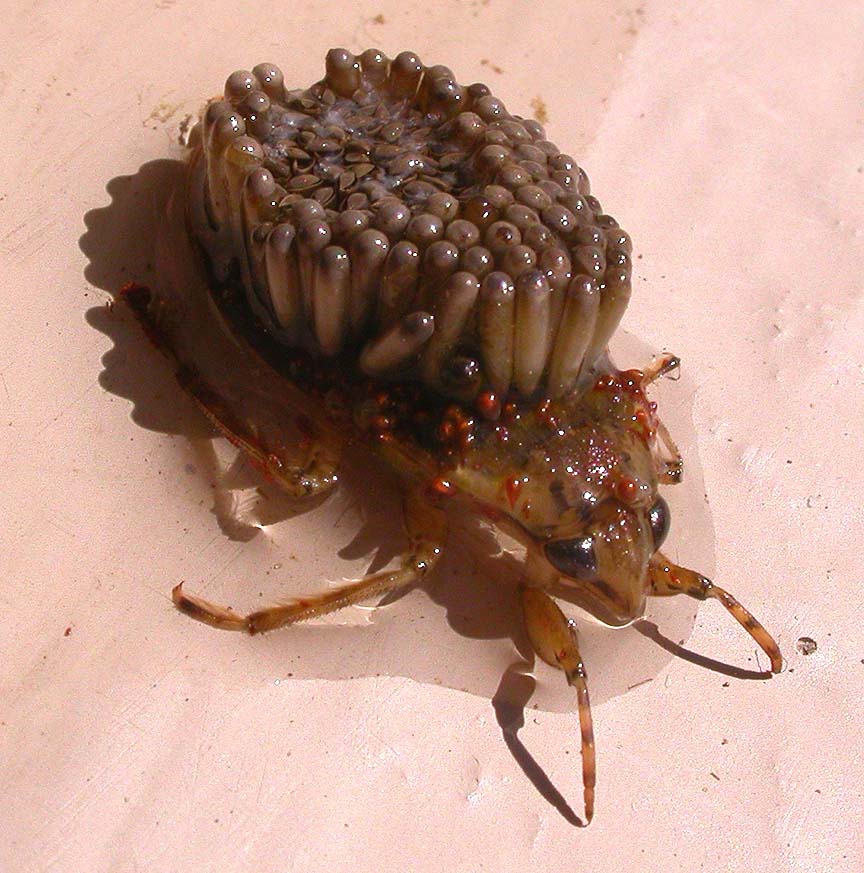
/GettyImages-128124246-56b8fd385f9b5829f8404d92.jpg)
Oriental cockroaches are often called water bugs because of their preference for dark, damp, and cool areas such as those under sinks and washing machines, and in damp basements.


A fifth species, the Pennsylvania wood cockroach is an occasional nuisance pest in some locations. These are the German, brown-banded, Oriental, and American cockroaches. Only four species are common pests in Pennsylvania structures. About 3,500 species of cockroaches exist worldwide, with 55 species found in the United States. Because cockroaches are so adaptable, they have successfully adjusted to living with humans. They are considered one of the most successful groups of animals. Fossil evidence indicates that cockroaches have been on earth for over 300 million years. during lake sampling in Lassen Volcanic National Park.Cockroaches are among the most common of insects. While we expect giant water bugs to occur in all Klamath Network parks, our crews have specifically recorded Belostoma bakeri, and Lethocerus sp.

Giant water bugs have an appendage on the tip of the abdomen that extends above water to collect oxygen. How do these bugs breathe underwater? Insects don’t have lungs, like humans, but instead obtain oxygen through tiny holes in the body wall (spiracles) that connect to air-filled tubes called tracheae. This allows them to then suck out the liquefied remains. Grasping victims by “raptorial” front legs, they inject venomous digestive saliva into their prey. Some are known to kill prey many times their own size. Giant water bugs prey on a surprising variety of aquatic life, including tadpoles, small fishes, insects, and other arthropods. They are typically hidden in mats of vegetation, just under the surface of the water. Giant water bugs live in freshwater ponds, marshes, and slow moving pools in streams worldwide. Giant water bug, roughly 4 cm long (1.5 in), observed during stream sampling at Lassen Volcanic National Park.


 0 kommentar(er)
0 kommentar(er)
